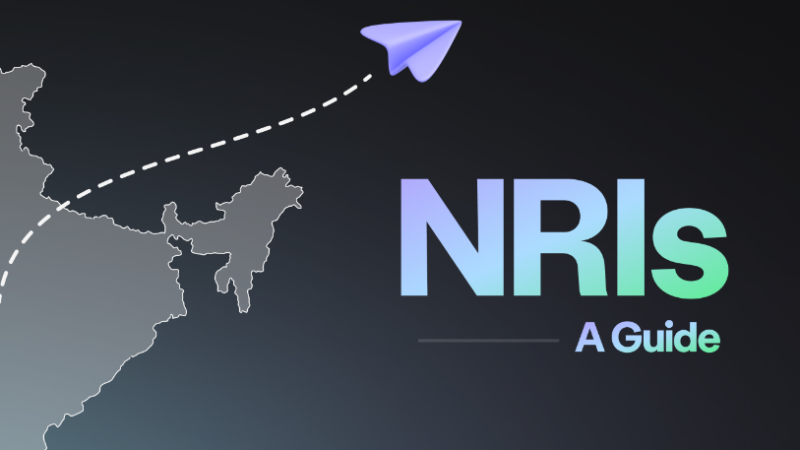“Navigating the Dynamic Landscape of Top Cryptocurrencies: A Comprehensive Guide to the Leading Digital Assets in 2024”

The world of cryptocurrencies is continually evolving, and as we step into 2024, the landscape is more dynamic than ever. With the rapid development of blockchain technology, decentralized finance (DeFi), and non-fungible tokens (NFTs), the top cryptocurrencies are at the forefront of reshaping the financial and technological landscape. In this comprehensive guide, we will explore the leading digital assets that have captivated the attention of investors, developers, and enthusiasts alike.
Bitcoin (BTC): The Pioneer and Gold Standard
Bitcoin, often referred to as digital gold, remains the undisputed leader in the cryptocurrency space. Established in 2009 by the pseudonymous Satoshi Nakamoto, Bitcoin introduced the concept of decentralized, peer-to-peer transactions through blockchain technology. Its limited supply of 21 million coins, decentralized nature, and strong security features make it a store of value and a hedge against inflation. Despite facing competition from newer projects, Bitcoin continues to hold a significant market share and is considered a benchmark for the entire crypto market.
Ethereum (ETH): The Smart Contract Pioneer
Ethereum, introduced in 2015 by Vitalik Buterin, brought about a revolutionary change by enabling smart contracts on its blockchain. These self-executing contracts automate complex tasks without the need for intermediaries. Ethereum’s native cryptocurrency, Ether (ETH), is not only a medium of exchange but also powers the Ethereum network. The platform has become a breeding ground for decentralized applications (DApps) and decentralized finance (DeFi) projects, making it a cornerstone of the blockchain ecosystem.
Binance Coin (BNB): Powering the Binance Ecosystem
Binance Coin, the native cryptocurrency of the Binance exchange, has rapidly ascended the ranks to become one of the top cryptocurrencies. Initially launched as an ERC-20 token on the Ethereum blockchain, BNB later migrated to Binance’s native blockchain, Binance Chain. BNB serves various purposes, including reducing trading fees on the Binance exchange, participating in token sales on the Binance Launchpad, and powering transactions within the Binance Smart Chain (BSC) ecosystem. Its versatility and integration within the Binance ecosystem contribute to its widespread adoption.
Cardano (ADA): Advancing Blockchain Sustainability
Cardano, founded by Charles Hoskinson, aims to create a more secure and sustainable blockchain ecosystem. Utilizing a research-driven approach, Cardano focuses on scalability, interoperability, and sustainability. The platform employs a layered architecture, separating the settlement layer from the computation layer, enhancing security and flexibility. Cardano’s ADA cryptocurrency plays a pivotal role in staking, governance, and transaction settlement, contributing to the platform’s overall resilience and efficiency.
Solana (SOL): A High-Performance Blockchain
Solana has gained attention for its high throughput and low transaction costs, positioning itself as a top contender in the blockchain space. Developed to address scalability issues, Solana employs a unique consensus mechanism called Proof of History (PoH) along with Proof of Stake (PoS). This combination allows Solana to process thousands of transactions per second, making it an ideal choice for decentralized applications and projects requiring high performance. SOL, the native cryptocurrency, facilitates transactions and governs the network.
Ripple (XRP): Facilitating Cross-Border Transactions
Ripple aims to revolutionize traditional financial systems by facilitating fast, low-cost cross-border transactions. Unlike many other cryptocurrencies, Ripple works closely with financial institutions and banks, providing them with a blockchain-based solution for international money transfers. XRP, the native cryptocurrency, acts as a bridge between different fiat currencies, reducing settlement times and transaction costs. Ripple’s strategic partnerships and focus on real-world use cases contribute to its prominence in the crypto space.
Polkadot (DOT): Interoperability and Cross-Chain Compatibility
Polkadot, created by Dr. Gavin Wood, co-founder of Ethereum, addresses the issue of interoperability among blockchains. The platform allows different blockchains to transfer messages and value in a trust-free fashion. Polkadot’s relay chain connects various blockchains, known as parachains, fostering a more connected and interoperable blockchain ecosystem. The DOT token serves as both a governance token and a means of bonding parachains to the relay chain, ensuring security and coherence within the network.
Chainlink (LINK): Bridging Smart Contracts with Real-World Data
Chainlink plays a crucial role in connecting smart contracts with real-world data, enabling them to interact with external information. This decentralized oracle network ensures that smart contracts can access accurate and reliable data, expanding their use cases beyond the blockchain. LINK, the native cryptocurrency, is used for various purposes within the Chainlink ecosystem, including securing the network, incentivizing node operators, and participating in decentralized finance (DeFi) protocols.
Conclusion:
As we navigate the dynamic landscape of top cryptocurrencies in 2024, it’s evident that the blockchain and crypto space is continually evolving. Each project brings unique features and solutions to the table, catering to diverse needs within the decentralized ecosystem. Whether it’s Bitcoin’s role as a store of value, Ethereum’s smart contract capabilities, or the innovative approaches of newer projects like Solana and Cardano, the top cryptocurrencies are shaping the future of finance, technology, and beyond. As the industry matures, it will be fascinating to witness the ongoing developments and innovations that further propel the adoption and integration of cryptocurrencies into mainstream society.
What is the significance of Bitcoin in the cryptocurrency space?
Bitcoin is considered the pioneer and gold standard of cryptocurrencies. It introduced the concept of decentralized, peer-to-peer transactions through blockchain technology. With a limited supply of 21 million coins, Bitcoin serves as a store of value and a hedge against inflation, influencing the entire crypto market.
How does Ethereum differ from Bitcoin?
While Bitcoin primarily serves as digital gold and a medium of exchange, Ethereum introduced smart contracts. These self-executing contracts enable automated tasks without intermediaries, making Ethereum a platform for decentralized applications (DApps) and decentralized finance (DeFi) projects.
What is Binance Coin (BNB), and what role does it play in the Binance ecosystem?
Binance Coin is the native cryptocurrency of the Binance exchange. Initially an ERC-20 token on Ethereum, BNB migrated to Binance Chain. It reduces trading fees on the Binance exchange, participates in token sales on Binance Launchpad, and powers transactions within the Binance Smart Chain (BSC) ecosystem.
How does Cardano contribute to blockchain sustainability?
Cardano, founded by Charles Hoskinson, focuses on scalability, interoperability, and sustainability. With a research-driven approach and layered architecture, Cardano aims to create a more secure and efficient blockchain ecosystem. ADA, its native cryptocurrency, plays a vital role in staking, governance, and settlement.
What sets Solana apart in terms of blockchain performance?
Solana stands out for its high throughput and low transaction costs, addressing scalability issues. Its unique consensus mechanism, combining Proof of History (PoH) and Proof of Stake (PoS), allows it to process thousands of transactions per second. SOL, the native cryptocurrency, facilitates transactions and governs the network.
How does Ripple (XRP) facilitate cross-border transactions?
Ripple focuses on revolutionizing traditional financial systems by providing a blockchain-based solution for fast, low-cost cross-border transactions. XRP, its native cryptocurrency, acts as a bridge between different fiat currencies, reducing settlement times and transaction costs through partnerships with financial institutions.
What is the purpose of Polkadot’s relay chain and parachains?
Polkadot, created by Dr. Gavin Wood, emphasizes interoperability among blockchains. The relay chain connects different blockchains, known as parachains, fostering a more connected and interoperable blockchain ecosystem. The DOT token serves as a governance token and bonds parachains to the relay chain.
How does Chainlink enhance smart contracts with real-world data?
Chainlink is a decentralized oracle network that connects smart contracts with real-world data, enabling them to interact with external information. LINK, its native cryptocurrency, is used for securing the network, incentivizing node operators, and participating in decentralized finance (DeFi) protocols.
These FAQs provide insights into the key features and roles of some of the top cryptocurrencies, showcasing the diversity and innovation within the ever-evolving cryptocurrency landscape.






